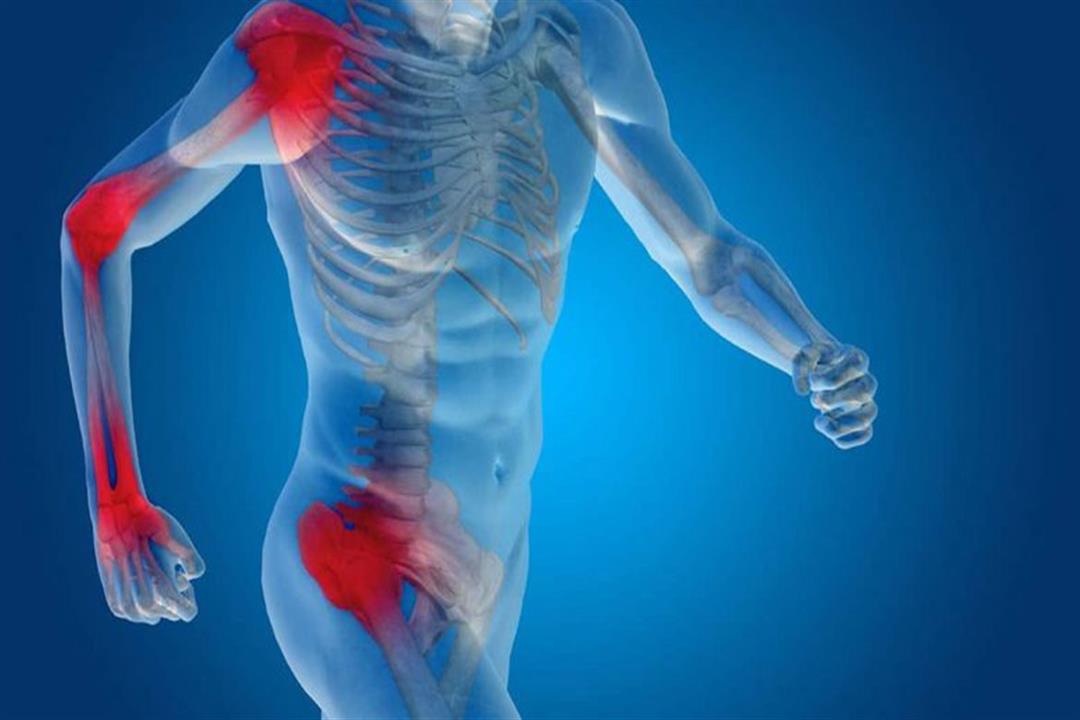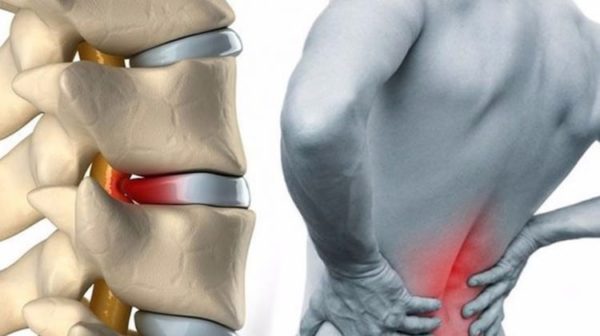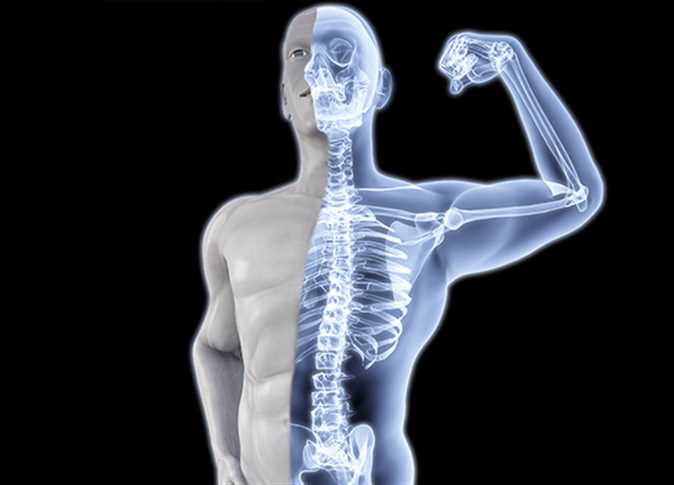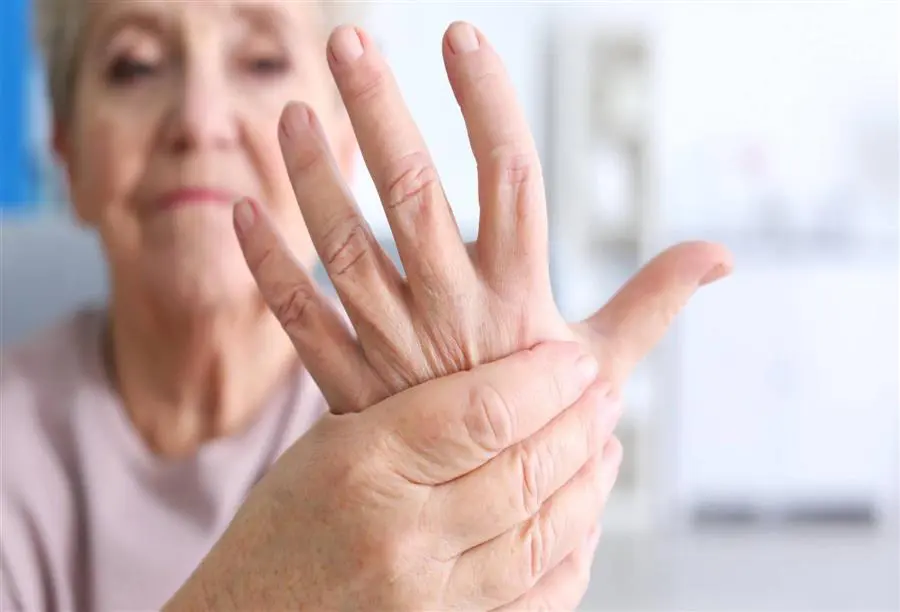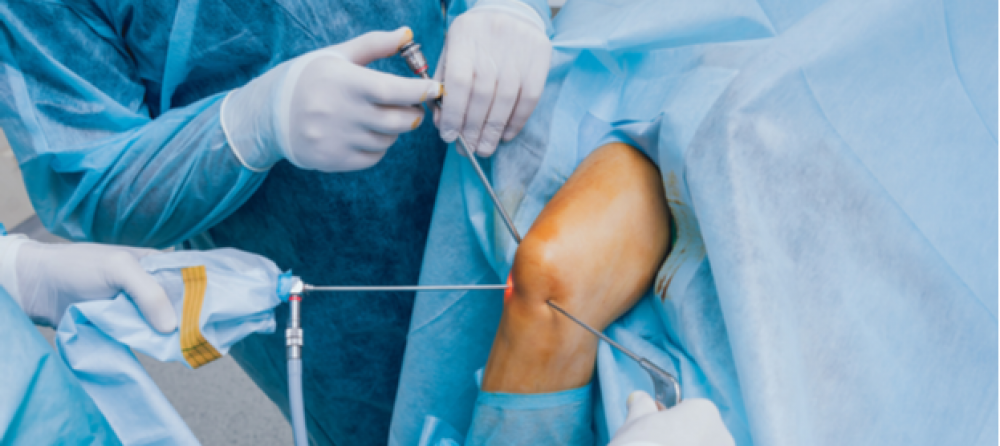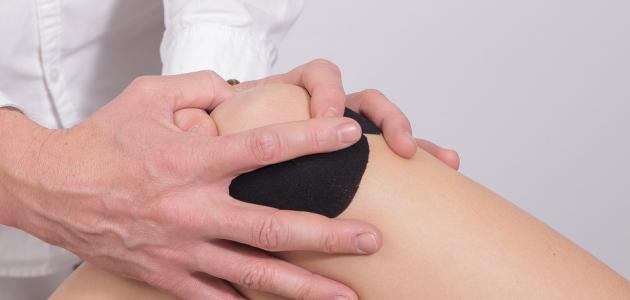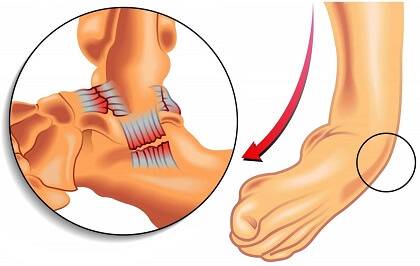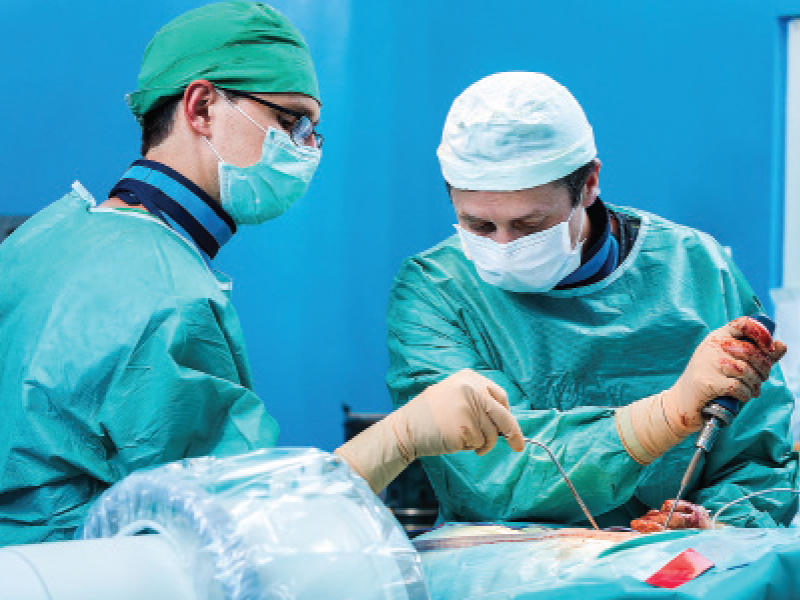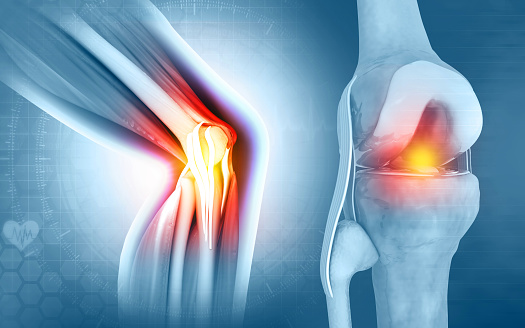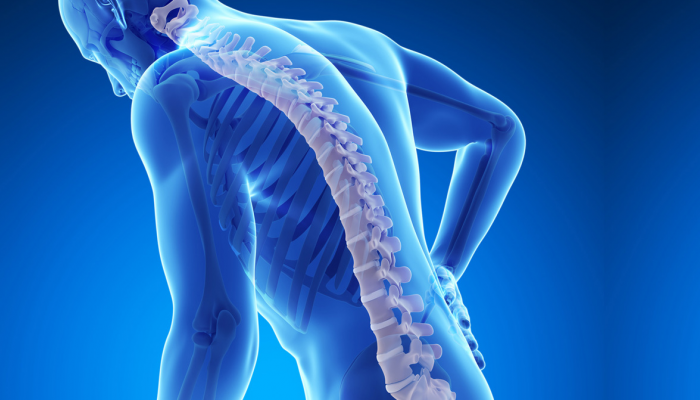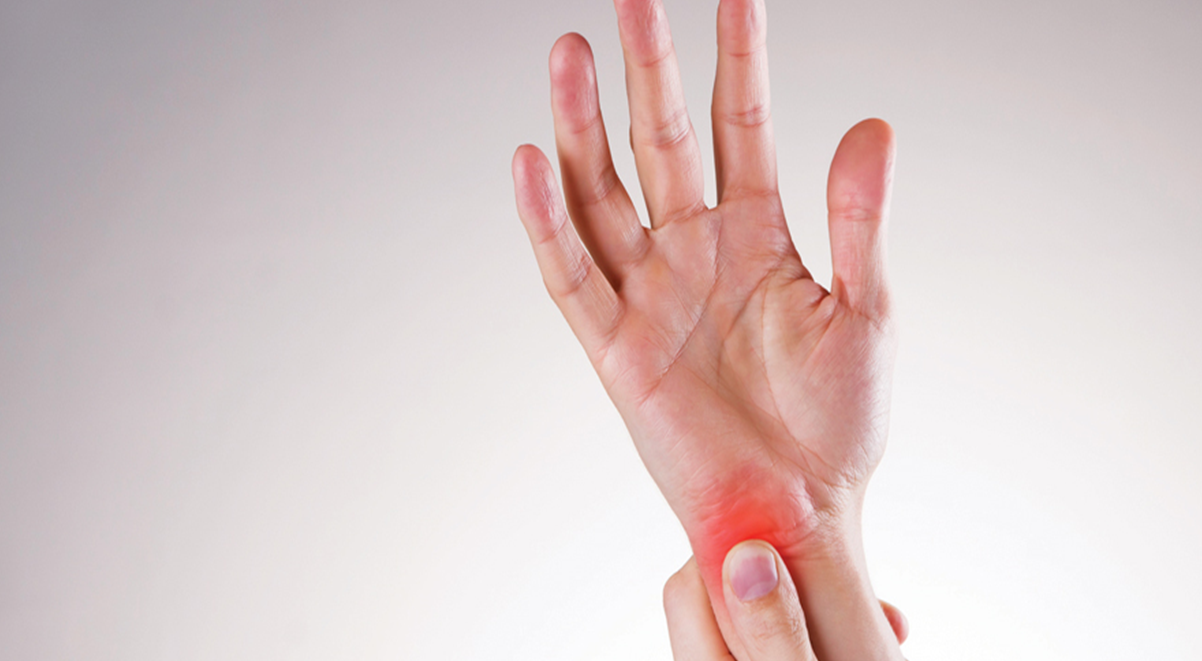What you do not know about the meniscus
What is the meniscus? What are the causes that lead to injury and how do we deal with it? All this and more we will talk about in detail in the next article, so let us read the following.
Meniscus
In both knees in the human body, two pieces of cartilage are C-shaped and their function is like a cushion between both the shin bone and the femur bone, and when an individual suffers an injury to the meniscus, this results in severe pain that is accompanied by swelling and stiffness, and the individual cannot move his knee well or straighten it completely.
Can the meniscus be cured?
The individual can recover from the meniscus permanently, and this can also happen automatically when the patient takes a sufficient amount of rest and avoids movement while following some physiotherapy methods, but if the pain is chronic and the severity of the symptoms does not decrease over time, and the individual becomes unable to move his knee completely, then surgical intervention is the best solution.
How do you know that you have a meniscus?
At the beginning of exposure to an injury to the meniscus, the individual may not show any symptoms, and this makes the detection of the injury late after the symptoms worsen, and this situation is dangerous, and examples of symptoms that begin to appear on the injured person include:
- Cracking sound from the knee: This sound accompanies the individual when he moves.
- Knee stiffness: the injured person is unable to move his knee well and feels severe pain if he tries to move it.
- Swelling of the knee: This is one of the first indications that appear on the individual and can be inferred from the meniscus rupture.
- Osteoporosis: A rupture of the meniscus makes the individual vulnerable to osteoporosis as well.
How long is the treatment for meniscus rupture?
The duration of treatment for a herniated disc varies from one person to another depending on the severity of the injury that the individual may have been exposed to, and whether this is accompanied by damage to the ligaments or any other problems, and the treatment can continue without surgery for a period of 4 to 6 weeks, provided that the patient is committed well as instructed by the doctor.
Can a meniscus cutting be treated without surgery?
Most likely, the initial treatment that is resorted to in the event of exposure to a cut in the meniscus is physical therapy, and it is very effective whenever the cut is small, as it heals on its own automatically with the time, which may reach only 6 weeks, and this is done through the assistance of one of the Specialists to avoid any errors, and if physical therapy did not produce effective results, in that case, surgical intervention is the next step.
Is torn meniscus can be healed?
There are cases in which the meniscus tear may heal on its own without the need for any surgical intervention, but it requires complete rest and undergoing physical therapy sessions, but this is not in all cases, as there are types of meniscus tears that are not able to heal on their own.
Whereas, if the rupture is in the outer third of the meniscus, this may help it to heal on its own because that area is rich in blood supply and this makes blood cells able to regenerate the tissues of the joint cartilage, but if the rupture is in the meniscus in the inner two-thirds, then this makes them severely lacking in blood and cannot be repaired on its own, and this condition requires surgical intervention.
The definitive treatment for a torn meniscus
With the technological development in the current era, many therapeutic methods have been reached through which the meniscus tear can be permanently eliminated, and for example:
Pharmacotherapy
This method is used in cases of simple or moderate rupture, and two types of medications are taken in that case, including analgesics that work to reduce the intensity of pain, which helps the individual to relax and be able to sleep, and the other type is anti-inflammatory drugs, and both of them do not It must be taken before consulting a specialist doctor.
Natural therapy
Physiotherapy is more preferred in cases of cartilage rupture in the knee area, and it can be completely relied upon with some injuries in addition to taking pain relievers, in addition to the great need for it after operations to accelerate the healing process.
Surgical treatment
It is considered one of the best methods that can be resorted to permanently get rid of the rupture of the meniscus, and replace the cartilage completely in many cases, and some of these operations are done through laser, and others through endoscopy, and explicit surgery that depends on the hand must be performed by one of the experts in this field.
Meniscus rupture
The rupture of the meniscus is one of the most common injuries among many individuals, and this occurs as a result of any movement that requires moving or rotating the knee, especially when the body weight is fully loaded on it, as the knees contain two pieces of C-shaped cartilage, and their role is like cushions between the shin bone and the thigh bone.
The cut in the meniscus results in a feeling of severe pain and stiffness, which makes the individual unable to move his knee very flexibly, and it is not possible to straighten it completely. The cut in the meniscus is treated by taking sufficient rest and applying some ice packs to calm the pain and associated symptoms.
Meniscus treatment
The appropriate method for treating the meniscus is determined according to the severity of the injury to which the individual is exposed and the place in which it was done, and it is not preferable in most cases to follow the surgical solution in treatment, but conservative treatment is recommended, which includes the following:
- Rest: Any activities that require significant stress on the knee should be avoided, especially those that require rotating, bending, or loading on them, and crutches can be used while walking if the individual suffers from severe pain.
- Ice: It is recommended to do ice packs more than once throughout the day for 15 minutes at a time, as this has a very effective role in relieving inflammation and pain.
- Medicines: If the pain is severe and the individual is not able to bear it, it is possible to take some painkillers to reduce its severity.
Meniscus tear treatment
The treatment of a meniscus rupture is that the patient follows the doctor’s instructions well and is keen to take a sufficient amount of rest to be able to recover quickly and prevent any complications from occurring, and if the pain is severe, some painkillers can be used in addition to attending physical therapy sessions, and if the individual does not recover after the expiration of the period specified by the doctor according to his condition, or he feels any improvement, then surgical intervention may be necessary in that case.
Meniscus erosion treatment
Some methods can be followed at home while doing meniscus erosion treatment, and here are some of them:
- Knee protection: To reduce the wear of the knee during the treatment period, knee braces must be placed, and it must be ensured that it is sufficiently tight, but without affecting the blood circulation in the area.
- Rest: Care must be taken to completely rest the knee and not stress it at all, and when moving, a crutch can be used to avoid pressure on it.
- Ice compresses: applying cold compresses daily reduces the severity of pain and inflammation associated with the injury.
- Raise the injured leg: Make sure when sitting or relaxing that the injured foot is in a higher position than the body to reduce swelling and inflammation and limit knee movement.
Treatment of torn meniscus with herbs
- Chamomile: It contains many substances that have great effectiveness in soothing inflammation and pain in the knee and neck area because it contains luteolin, flavonoids, hydroxycoumarin, and azoline.
- Fig: It has great effectiveness in healing diseases affecting the knee cartilage.
- Cabbage: It plays a significant role in treating osteoporosis and reducing joint pain.
- Broccoli: Its effectiveness in treating knee cartilage is because it helps to get rid of free radicals that cause many infections, in addition to the fact that it contains many vitamins that are important for bone health, such as E, K, and A.
- Celery: works to reduce the treatment of gout and inflammation of the joints.
- Beans: Their effectiveness in building cartilage tissue is because it contains amino acids and proteins.
Treatment of erosion of the meniscus in the knee
- Medicines: In this case, non-steroidal anti-inflammatory drugs are taken to reduce the severity of the pain associated with the symptoms, in addition to calming the inflammation that occurs inside the joint, as well as cortisone injections that are taken directly into the joint to reduce the inflammation that may occur.
- Physiotherapy: Physiotherapy is not dispensed with either before or after any surgical intervention, as it is very important in many cases to rehabilitate the patient’s movement, and this may be done through hydro physiotherapy, placing adhesive rubber bands, and doing some exercises Helps balance.

